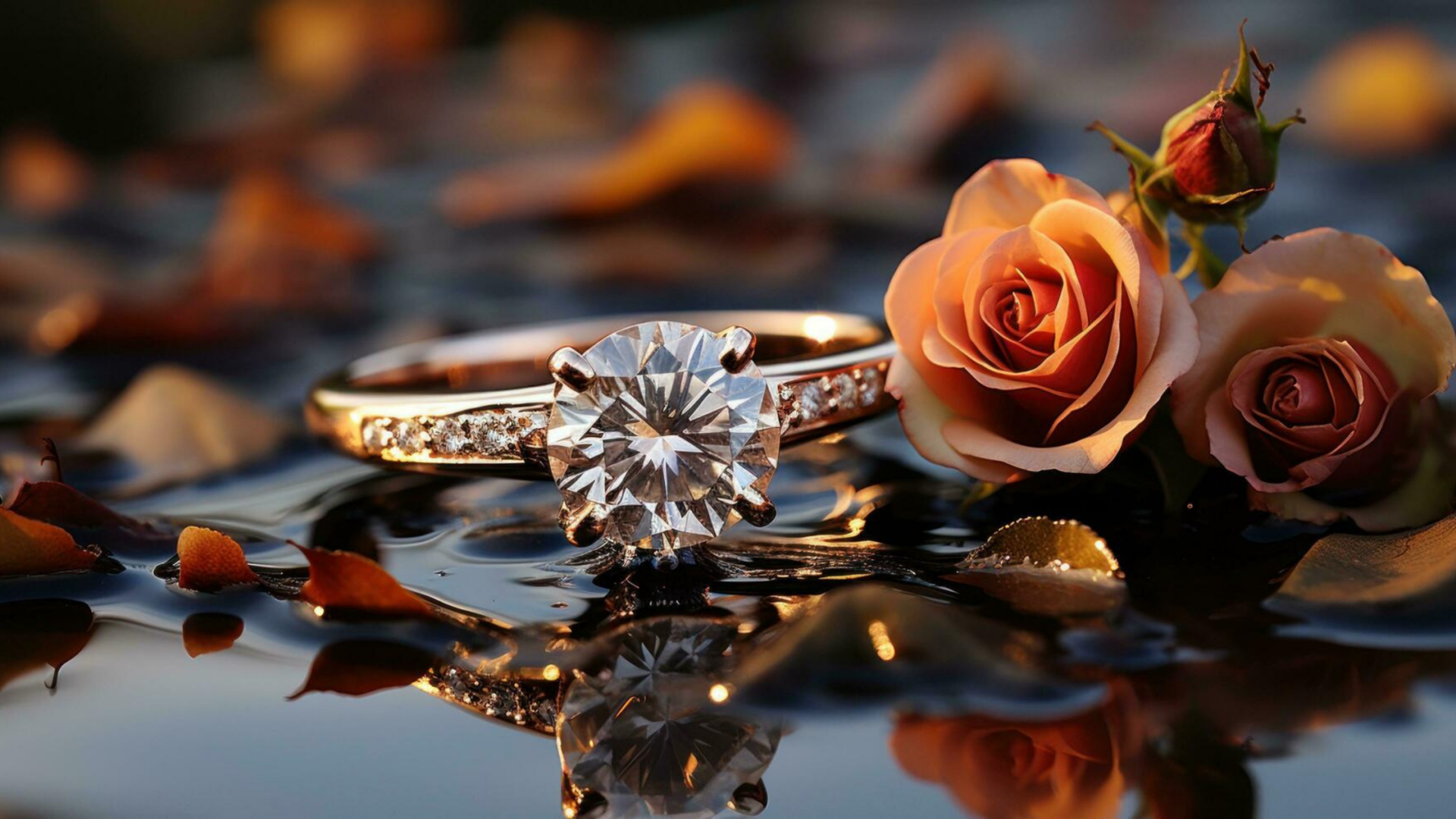- Joined
- Jun 29, 2008
- Messages
- 10,261
digitaldevo said:LovingDiamond, exactly what do you want to see? I figured a way around the watermark they care about as well but will still work. But I will not take any good images and post them in this manner though, sorry, but I will take quick dirty ones. But not sure what you want to see?
Errrrr, no! You have given us some advice as to how to improve photos but what I'd like to see is before and after photos i.e. this is what happens if ...... but if you do this then ............ That would be incredibly useful. For example, I see many people shade their gems with their hand when taking photos. When I've done that, what I get is a highly vibrant stone that does not represent what I see - therefore I don't do it as it's not a true representation of what I see. What I don't understand is how you can shade something and it looks better - it seems an anomoly to me. I'd love to see examples and understand why this happens.
Other tips such as "when you look at Vendor's photos look for these characteristics......" (with examples). Words really don't help if the reader is a photographic numpty and I certainly struggle to take in all the technical detail!
I hope you don't mind me also putting my two pennyworth in about Michael E. I really do feel that it's completely unfair that you call him a troll. He's one of the very few experts that gives his thoughts and advice freely. He's never rude. Always polite even when trying to understand other points of view. I have no idea who you are (apologies) or what relationship you may/may not have had with certain Vendors on this board but Michael is highly regarded because of his selfless giving of information, helpful posts and witty comments. There's room for all experts and advice! Your posts are most welcome also - you are a mine of information and I certainly have learned from reading some of them so please keep them coming - but please add photos or use examples from the internet or ANYTHING to help us understand!!!!



300x240.png)